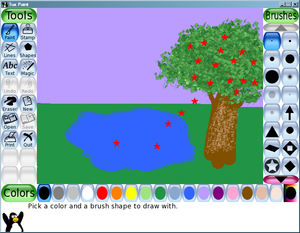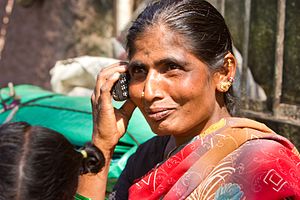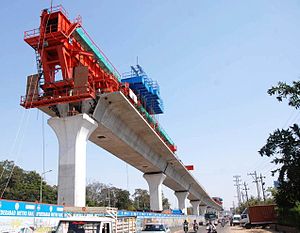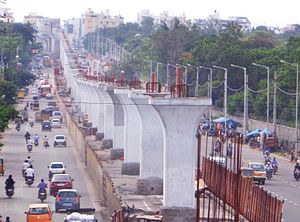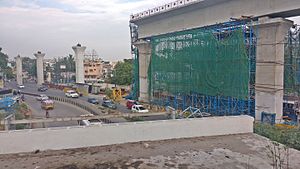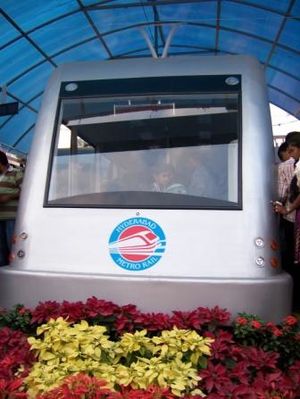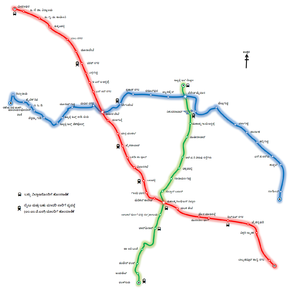ICT student textbook/Communication with graphics
What is this unit about?
A picture tells a thousand stories, they say! Have you ever wondered about how a picture can tell a story? When we hear a story, when we read a story, our mind forms an image of what is being described. They make us connect to the story. Similarly, when we see a picture, our mind tries to build the story from the picture. No wonder that picture story books have been favourite reading books for children and adults.
In this unit, we will learn how we can use pictures as a method of story telling. Story telling is a traditional method of transmitting information from one person to another; one generation to another. Story telling can also be used to create awareness about social issues and challenges - talk to your teacher about how Burra Katha emerged as an art form in Telangana. Drawing pictures is also not new - human beings have been using pictures to tell stories, describe things throughout our history - from cave paintings to Deccani paintings to the comic strip or to the movie poster.
Can you guess what is new about this unit? Yes, it is the use of new, digital methods to create pictures and combining them with text. This field of ICT involves the creation of visual (pictures and text) stories is called graphics and is developing fast as a method of developing communication. In the earlier unit on data processing, you saw how data is represented in multiple formats - through text, numbers, and maps, photos and pictures.
In this unit, we will focus on how we can use digital methods to create such graphic representations.
Before we get into this unit, look at the following pictures:
Objectives
In this unit you will be learning the following:
- Power of story telling as a method of communication
- Interpretation of picture stories
- Creating digital art
- Developing a storyline with appropriate choice of illustrations and media
- Creating a graphic communication - combining images and text
How is the unit organized
In this unit, similar to the previous units, you will work on activities at three levels. Broadly the levels are divided in terms of the following skills:
Telling stories with pictures and combining them with text
picture composition to tell stories
there are three levels of activities, to match roughly to classes 6-8. The activities will increase in difficulty - based on the ICT skills needed as well as subject knowledge that you will be building. As you work on the various activities for the different ICT areas in the each level, you will also get experienced with more ICT skills and this would help you with the subsequent level.
You can imagine this somewhat like a spiral staircase where you learn some topic at a basic level, you move along to the next class and you can come back to discuss the same topic at a more advanced level.
At each level you will be exploring new things about ICT; you will also be creating your outputs and building what is called a digital portfolio. This portfolio will include your outputs; they will be such that you will know what you have learnt and you will also know the method of learning. At the end of the year, your teacher will assess your portfolio.
You can also make your portfolio such that you can keep adding to it. How is that possible? When you make a model of clay or thermocoal, you cannot change it after you make it. One of the special features of ICT is that you can change (edit) your creation. This means that, in Class 7 you can change what you completed in class 6 or in Class 8 you can change what you completed in class 7. This means you can keep adding to your knowledge and also improve the quality of your output. You will have a cumulative portfolio at the end of class 8.
